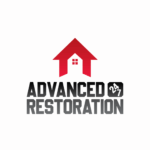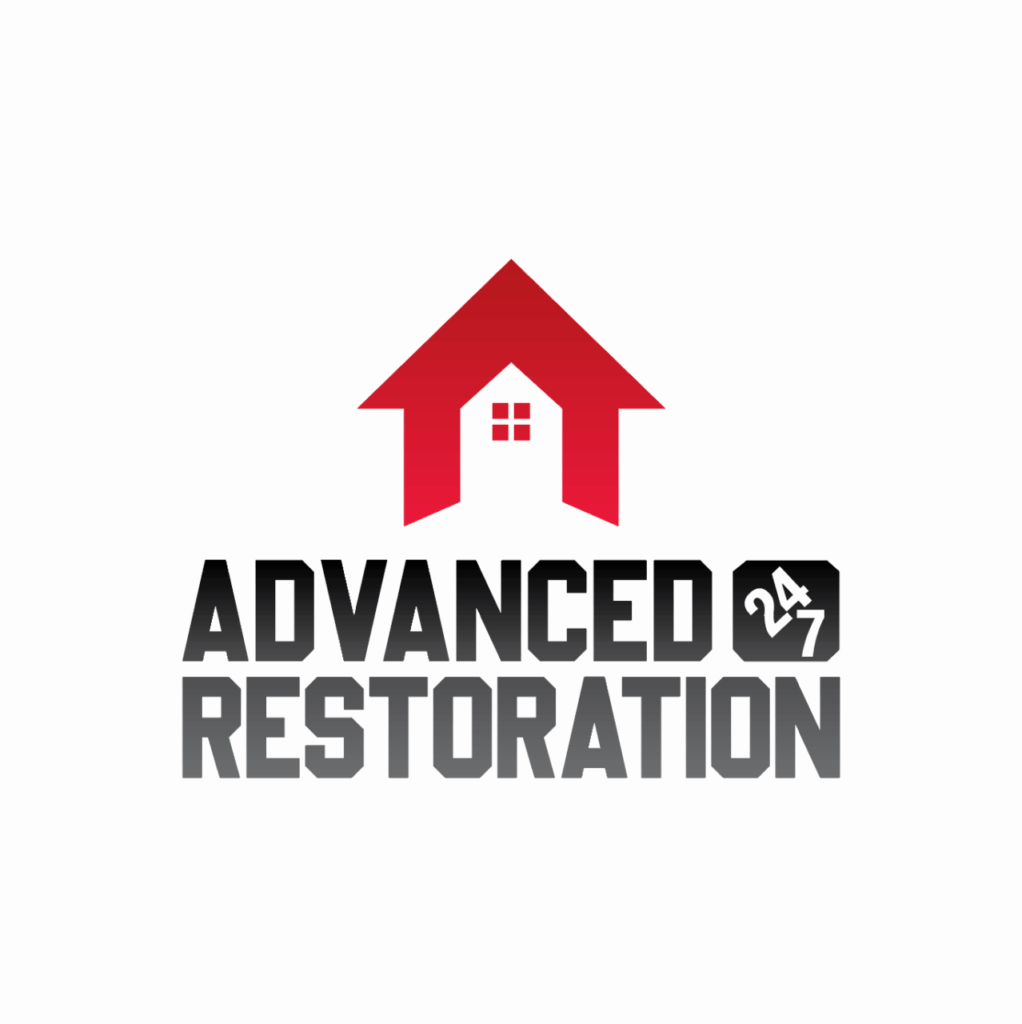Are you struggling to distinguish between mold treatment and remediation? Fear not; we have your back!
This comprehensive article will explore the essential disparities between these two critical processes. You’ll gain insight into the advantages of enlisting the services of the reputable agency, Advanced 24/7 Restoration, for mold treatment and whether do-it-yourself mold remediation is a feasible alternative.
By the end, you’ll be well-equipped to handle any mold-related issues that may arise in your living space.
Let’s get started!
Understanding Mold Treatment
Mold treatment entails using chemicals to eradicate and eliminate mold from various surfaces. It’s crucial to grasp the standard mold treatment methods to prevent mold from taking hold in your environment.
One highly effective method is using bleach. When combined with water, bleach can be sprayed onto affected areas, promptly killing mold on contact and helping eliminate unsightly stains.
Another prevalent chemical for mold treatment is vinegar. Vinegar has antimicrobial properties capable of combating most types of mold. The process is straightforward. Spray undiluted vinegar, let it sit, then scrub with a brush or sponge after a few hours.
Hydrogen peroxide is another favored option for mold treatment. Not only does it exterminate existing mold, but it also hinders future growth. Blend equal parts of hydrogen peroxide and water in a spray bottle. Then, apply it to the affected area, leave it for approximately 10 minutes, and wipe away the residue.
In addition to these chemical treatments, natural remedies can also prove effective. Create a mold-killing solution by integrating water with tea tree oil, known for its powerful antifungal properties.
While dealing with mold treatment, remember that prevention is key. Ensuring proper ventilation by opening windows or using fans to lower humidity levels is imperative. Address any leaks or moisture issues promptly to thwart off the growth of mold.
Exploring Mold Remediation Methods
When confronted with mold issues, you’ll encounter a multitude of methods for addressing the problem. Mold remediation is a pivotal process that removes and prevents mold growth in your residence. Here are some effective techniques:
Removing Mold:
- Physical Removal: This technique involves physically scrubbing or wiping away visible mold using detergent and water. It effectively eradicates surface mold and curtails its potential to spread.
- Dry Ice Blasting: This method deploys dry ice pellets to blast away mold from surfaces without inflicting any damage. Dry ice sublimates into gas upon impact, leaving no residue behind.
Preventing Mold Growth:
- Controlling Moisture: Mold thrives in damp environments, so maintaining low moisture levels is critical. Employ dehumidifiers and ensure proper ventilation in areas prone to moisture accumulation, such as bathrooms and basements.
- Fixing Water Leaks: Promptly addressing water leaks can prevent mold growth. Fix plumbing or roof leaks as soon as they are detected to prevent an environment favorable for mold growth.
Foster a healthier living space by applying these techniques and preventive measures to ward off the dangers of mold.
Key Differences Between Mold Treatment and Remediation
Recognizing the differences between mold treatment and remediation is crucial to understand these processes better. Regarding mold prevention, regular mold inspections hold immense significance. These inspections serve as early warning systems. They will flag potential moisture issues or areas of concern where mold growth may ensue. Identify these issues early on to intervene and prevent mold from escalating into a more significant problem.
Now, let’s delve into the differences between treating and remediating mold. Treating mold primarily involves addressing surface-level contamination. This typically involves using antimicrobial solutions or cleansers to eliminate visible signs of mold growth. While this approach may provide a temporary solution, it fails to tackle the root cause or eradicate all traces of mold.
In contrast, mold remediation goes the extra mile. It centers on identifying and stopping the source of moisture that fosters mold growth. Remediation encompasses thorough cleansing and removal of affected materials, such as drywall or carpeting, to guarantee the complete extraction of all mold spores.
Prevent mold early on; if it takes hold, it may lead to health issues and structural damage if unaddressed. Regular mold inspections can nip potential growth in the bud before it escalates into a significant problem.
Benefits of Professional Mold Treatment
Engaging the services of professionals for mold treatment yields an array of benefits. These experts bring their knowledge and specialized equipment to the table, effectively eliminating mold from your residence. Here are some advantages of opting for professional mold treatment:
- Comprehensive Mold Inspection: Professionals possess the expertise and experience required to thoroughly inspect your home, pinpointing all areas afflicted by mold growth. This ensures no hidden pockets of mold remain untreated.
- Safe and Effective Removal: Professional mold treatment entails using industry-approved techniques and products to safely excise mold from your premises. They acutely understand the behavior of different mold strains and can tailor their approach accordingly. This, in turn, allows for effective eradication without causing further damage.
- Proper Containment: Professionals employ advanced measures to prevent cross-contamination during removal. This process prevents spores from spreading to other areas, lowering the risk of future mold growth.
- Thorough Cleaning: Experts utilize specialized equipment such as HEPA filters and negative air machines to purify the air within your home. This equipment eliminates any lingering spores. They also sanitize affected surfaces using potent antifungal solutions, leaving your home devoid of harmful molds.
- Preventing Recurrence: Professionals don’t merely tackle existing mold; they also offer recommendations for averting future outbreaks. They can identify underlining causes like moisture or ventilation problems, helping you effectively address them and combat mold growth.
DIY Mold Remediation Vs. Professional Services
When comparing DIY approaches to professional services, consider the expertise and equipment needed for effective mold removal. While DIY mold remediation may initially appear cost-effective, it frequently requires more thoroughness and long-term efficacy. Professional services, however, provide expertise and advanced tools, ensuring complete mold eradication and preventing future growth more effectively.
Cost is a crucial factor in comparing DIY mold remediation and professional services. Initially, DIY methods may seem cheaper, as you aren’t incurring professional labor costs. Nonetheless, if executed inadequately, these methods can culminate in recurring mold issues or structural damage. This, in turn, translates into higher costs in the long run. Conversely, professional services may entail a higher upfront investment but provide a comprehensive solution averting further complications.
In terms of DIY methods, the lack of expertise and specialized knowledge can pose challenges. They often involve limited equipment and may lack the advanced tools professionals use. This can result in a higher risk of failure to eradicate the mold problem. Choosing professional services, on the other hand, ensures expertise, access to specialized knowledge, and advanced tools. This translates to a reduced risk of failure. Professional services often come with a guarantee of results, providing you with peace of mind that the mold issue will be effectively addressed.
The choice between DIY mold remediation and professional services hinges on your priorities. If safeguarding a healthy living environment is paramount to you, investing in professional assistance is wise. While it may entail a higher initial cost, it affords peace of mind, knowing that the job will be executed thoroughly and effectively.
Final Thoughts
You are now well-versed in the disparity between mold treatment and remediation. Mold treatment revolves around eliminating and deterring mold growth, while remediation centers on removing and restoring mold-affected areas.
While DIY mold removal seems budget-friendly, choosing professional services is the wisest action for effective mold treatment. These professionals possess the requisite expertise, equipment, and knowledge to tackle mold issues comprehensively.
Prioritize your home’s safety—select Advanced 24/7 Restoration for professional mold treatment and enjoy your peace of mind!
Advanced 24/7 Restoration’s mission is to provide unparalleled care and support to our valued clients. Delivering the best solutions for your property restoration needs. Our vision is to be the top-rated damage restoration company in Denver, known for our exceptional services, professionalism, and dedication to customer satisfaction. Water damage, fire damage, flood damage, and more.
- This author does not have any more posts


